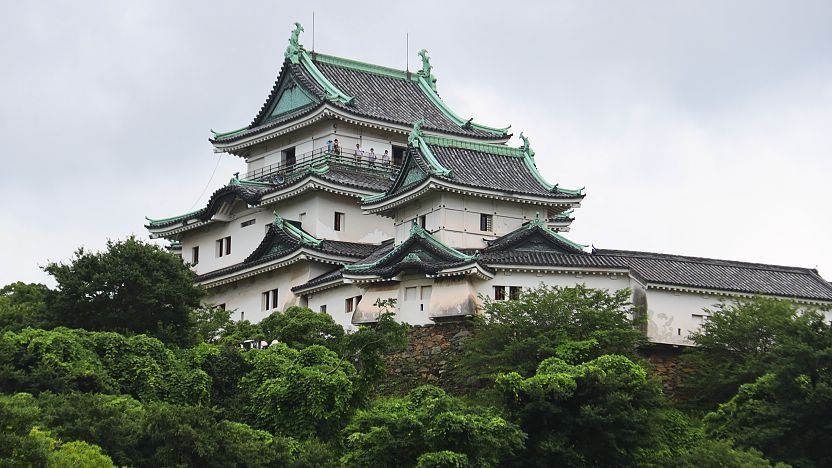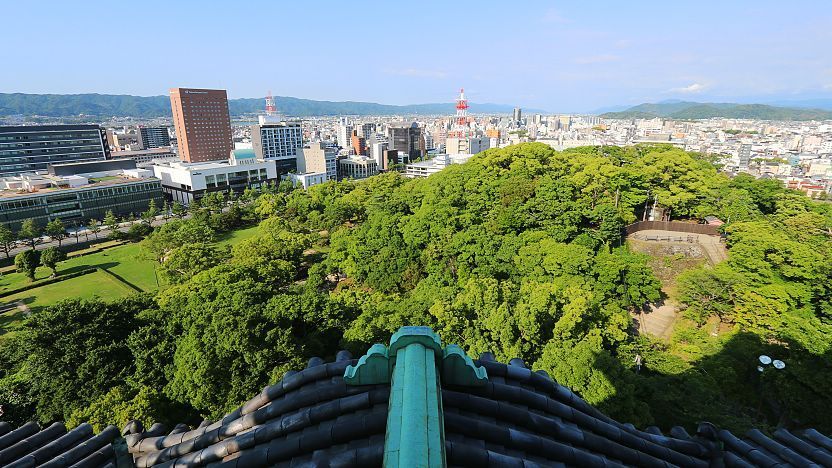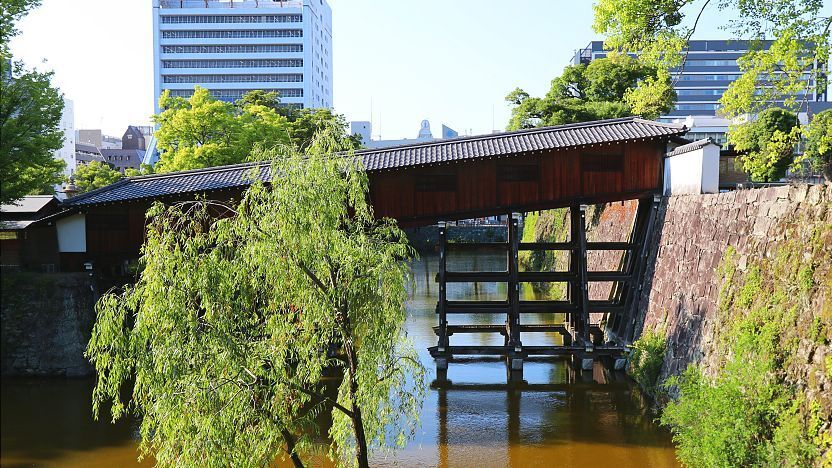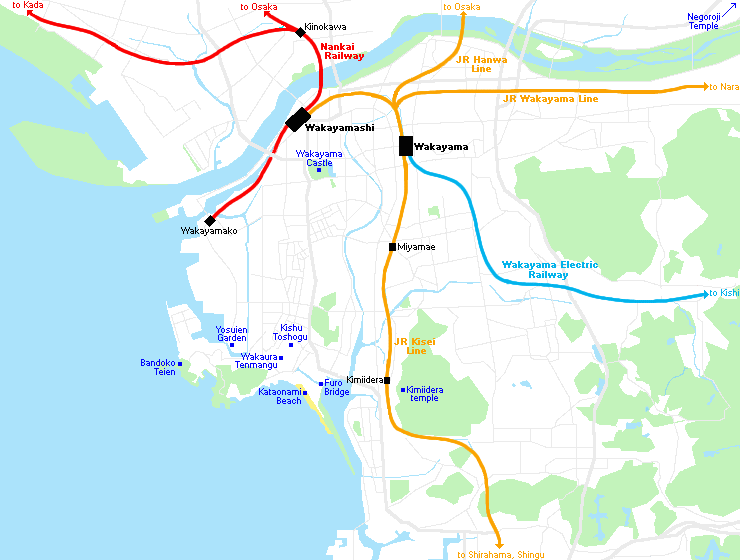Wakayama Castle (Wakayamajo)

The origins of Wakayama Castle (和歌山城, Wakayamajō) go back to Japan's era of warring states, when the region was invaded first by Oda Nobunaga, and soon after with greater success by a Toyotomi Hideyoshi. Hideyoshi later gave control of what was then Kii Province to his nephew, Hidenaga, who constructed an early version of the castle in its present location.
During the Edo Period (1603-1868), the province prospered as the seat of one of the ruling Tokugawa Clan's three cadet branches, along with Nagoya and what is today Ibaraki Prefecture.
Following the Meiji Restoration of 1868, the castle was abandoned and many of its buildings demolished. The grounds were opened to the public in 1901 and later designated as national treasures, but eleven of its most important buildings, including the main keep, were destroyed in a large-scale bombing raid during the Second World War. The existing main tower is a ferroconcrete replica built in 1957.

Today, the interior of the main tower is entirely modern, housing some exhibits about the history of the castle and its former domain, as well as a top-floor observation deck with impressive views of the city and surrounding landscape.
Also within the grounds is the Nishinomaru Teien, a traditional landscape garden set against part of the castle's defensive moat, and a highly unusual corridor bridge, reconstructed in 2006, which formerly connected two parts of the palace.

Getting there and around
Wakayama Castle is a 15-20 minute walk or 5 minute bus ride (220 yen, frequent departures) from Wakayamashi Station. From JR Wakayama Station, it is a 20-30 minute walk or a 5 minute bus ride (230 yen, frequent departures). By taxi, it takes about 10 minutes and costs about 1000 yen from either station.
How to get to and around Wakayama City
